There’s no denying that trees play an important role in all our lives, as they produce the air we breathe and store carbon dioxide. In the following article, we have compiled a list of trees that start with W, so that you can discover more about these beautiful species and their various qualities.
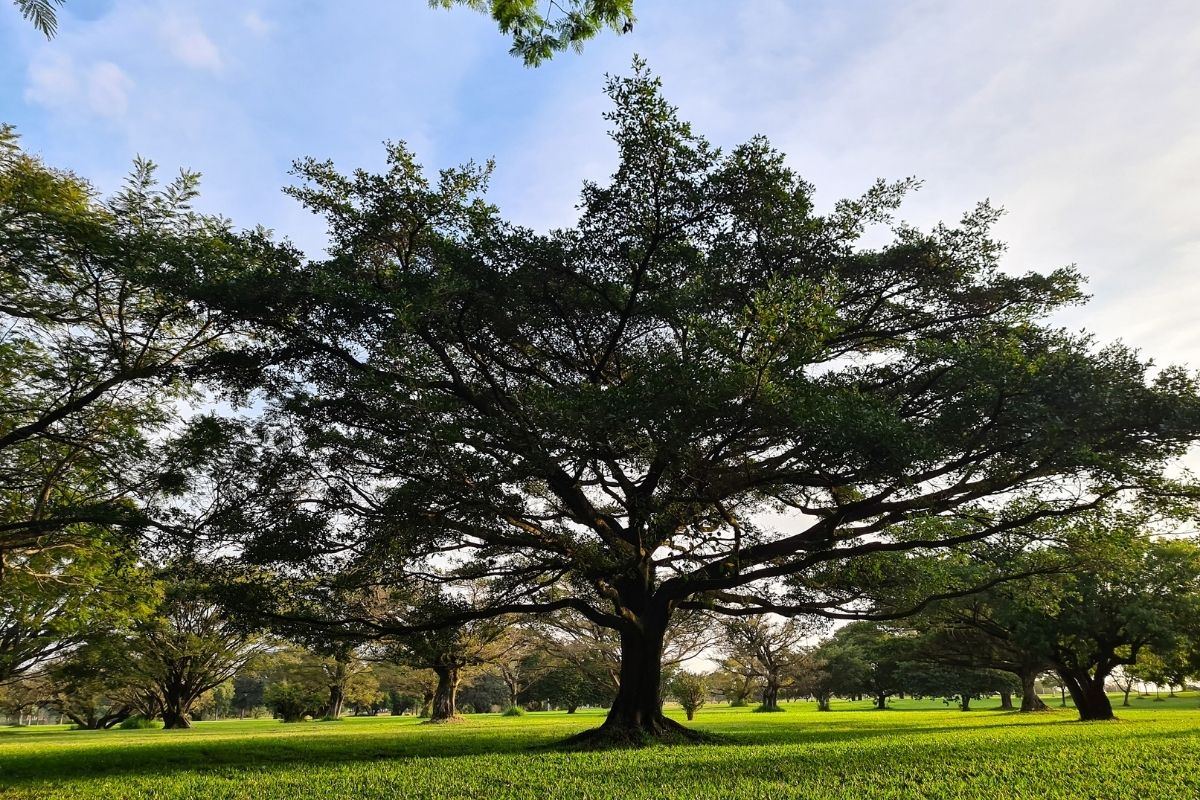
However, this does not mean that we can always tell two trees apart, as certain species look similar to each other.
Finding a specific tree species can be a long and stressful process, especially if you have little understanding of the tree’s genus and characteristics.
So if you want to learn more about the different trees of the world, then you have come to the right place.
So why not take a look down below and see which one catches your attention…
1. Walnut Tree (Juglans Regia)
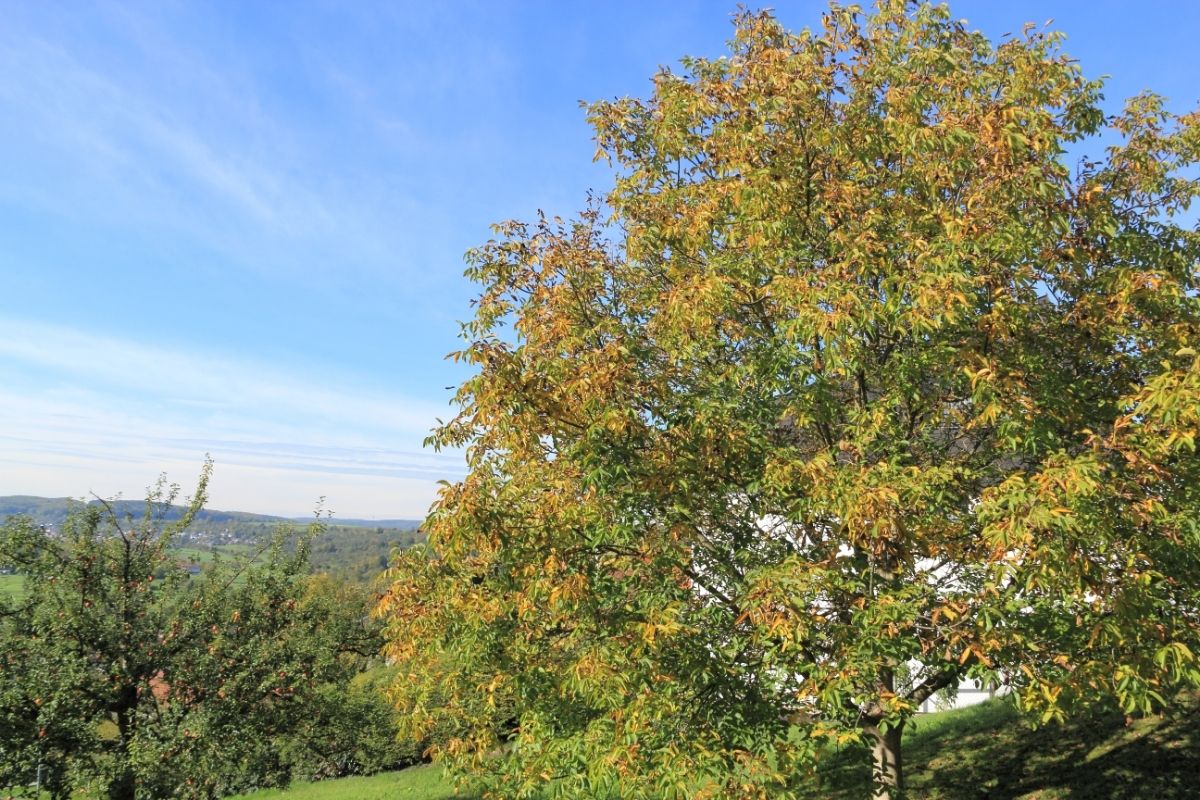
For the first tree on our list, we have chosen the walnut tree – a popular species that first originated in southwest China.
Nowadays, the walnut tree is cultivated across Europe and can be identified by its distinctive leaves and round fruit, which commonly ripen during the fall.
In Native American culture, walnut trees are said to represent clarity and focus, with the species also being associated with wisdom and inspiration.
2. Water Gum (Tristaniopsis Laurina)
The next tree on our list is an endemic species found in eastern Australia, where it can commonly be found growing along the banks of rivers and streams.
Water gum is known for its slow growth rate and pointed leaves, with the species also blooming bright yellow flowers with a distinctive and unpleasant smell.
3. Wax Palm (Copernicia Prunifera)

Known as the tree of life, the wax palm is a native species to northeastern Brazil, where it is used to make cooking oil and carnauba wax.
Unlike other palm trees, this species is extremely social and can be found growing near rivers or in designated flood zones.
In its homeland, the tree is used to represent the state of Ceara and has come to symbolize themes of conservation and sustainable use.
RELATED: Madagascar Palm Tree: The #1 Care, Propagation, and Watering Guide
4. Wheel Wingnut (Cyclocarya Paliurus)
The wheel wingnut is a species of tree native to eastern and central China, where its leaves are commonly used to make medicinal teas and remedies.
The deciduous tree can be identified by its pinnate leaves and yellow catkins, with the species also producing a small rounded nut that is safe for human consumption.
5. White Sandalwood (Magnolia x Alba)
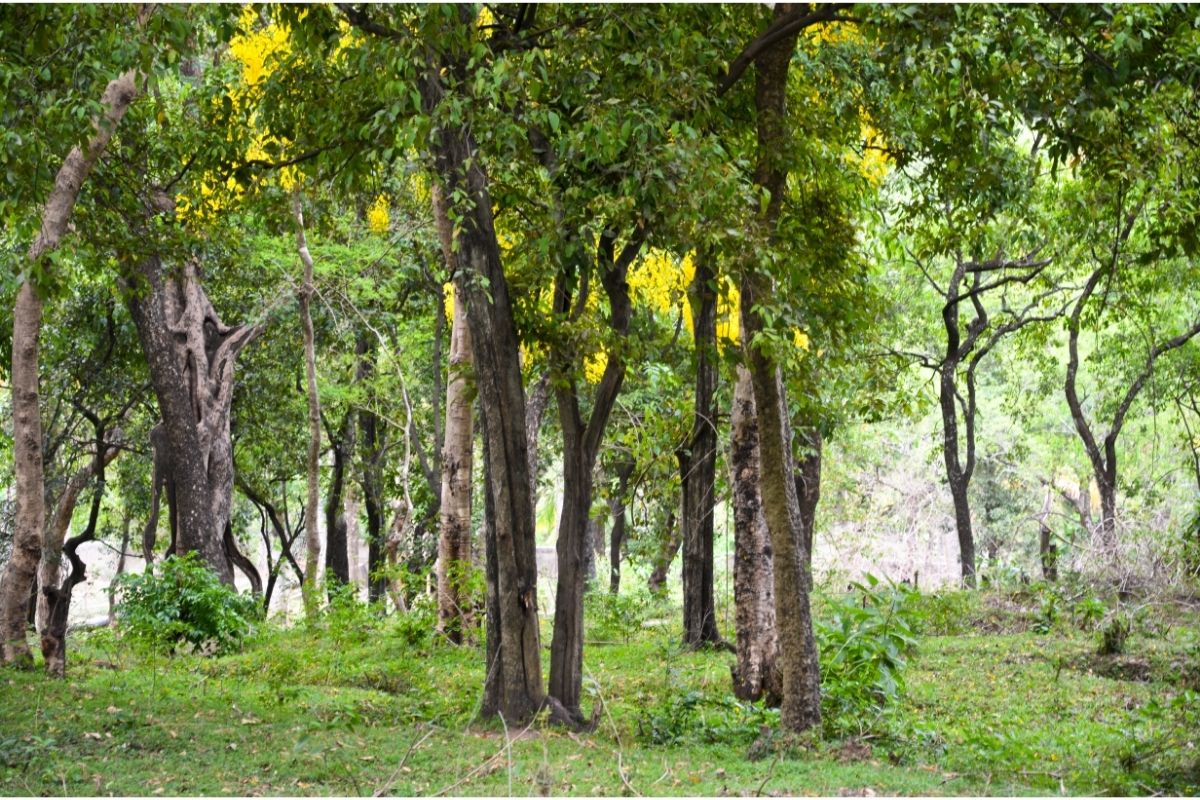
This hybrid species was first cultivated in the tropical climates of southeast Asia, where it is grown for both medicinal and materialistic purposes.
While its parents remain unknown, it has been theorized that the tree was born from a combination of magnolia champaca and magnolia Montana, which explains the white flowers and rounded leaves.
In Chinese culture, magnolias are said to represent nobility, perseverance, and love of nature – with the flower also encompassing femininity and gentleness.
6. White Mangrove Tree (Laguncularia Racemosa)

The white mangrove is a flowering member of the leadwood family, which is known to grow in western Africa, the Caribbean, and South America.
The species can be identified by its bell-shaped flowers and reddish bark, which can be made into a tonic for fever and skin wounds.
7. Whiteberry Yew (Pseudotaxus Chienii)
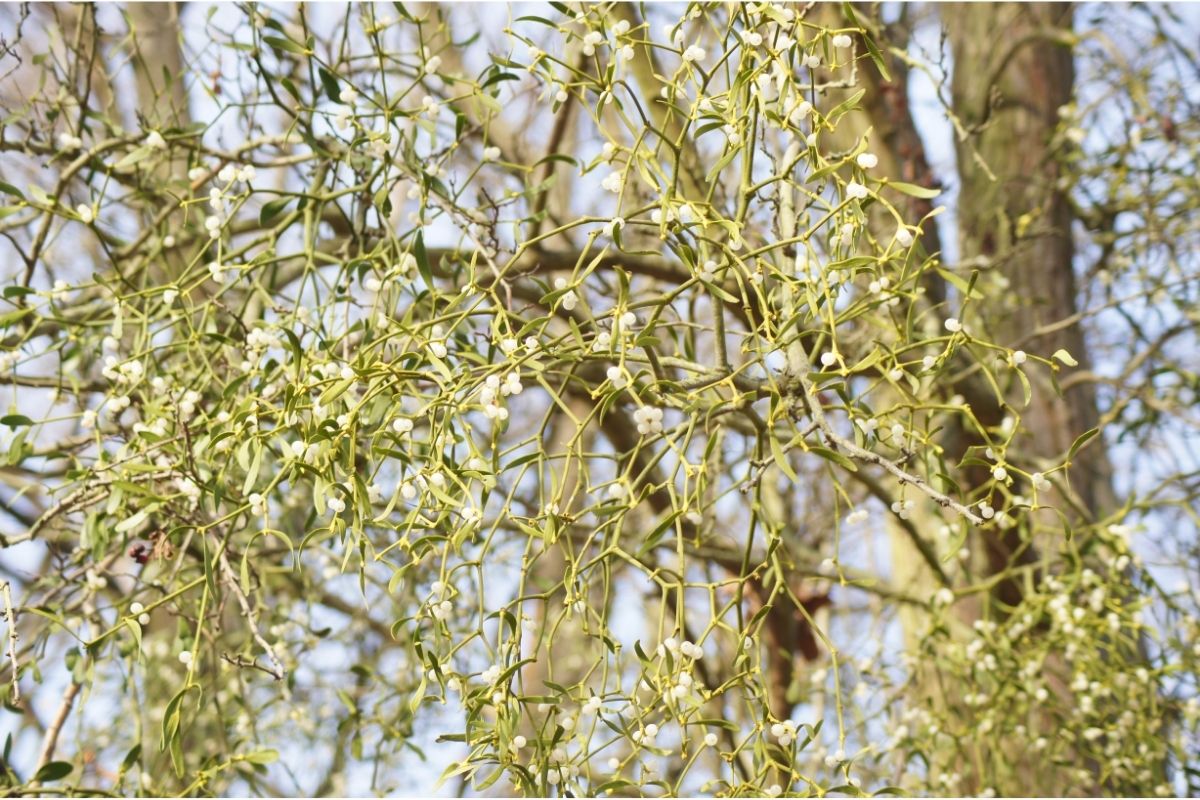
As you have probably guessed, this small tree is a native species found in southern China, where it is commonly used as a carving material and for utensils.
Like other yews, this shrub can reach heights of 2 – 5 m and can be identified by its reddish bark and broad dark green leaves.
While the species is mainly grown for its ornamental purposes, it is also considered endangered due to habitat destruction and general exploitation.
8. Whitebeam Tree (Sorbus Aria)
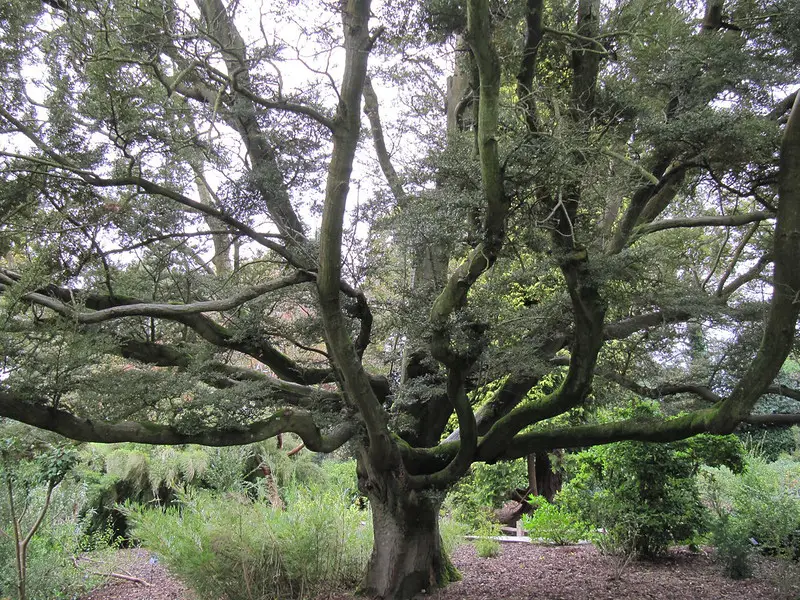
Credit: Leonora (Ellie) Enking
The next species on our list is a close relative of the rowan tree and can be found in many regions across the European continent.
While the whitebeam tree can be identified by its clusters of white flowers, it also produces red haw-like berries, which can be eaten raw or made into jellies.
9. Willow, Weeping (Salix Babylonica)
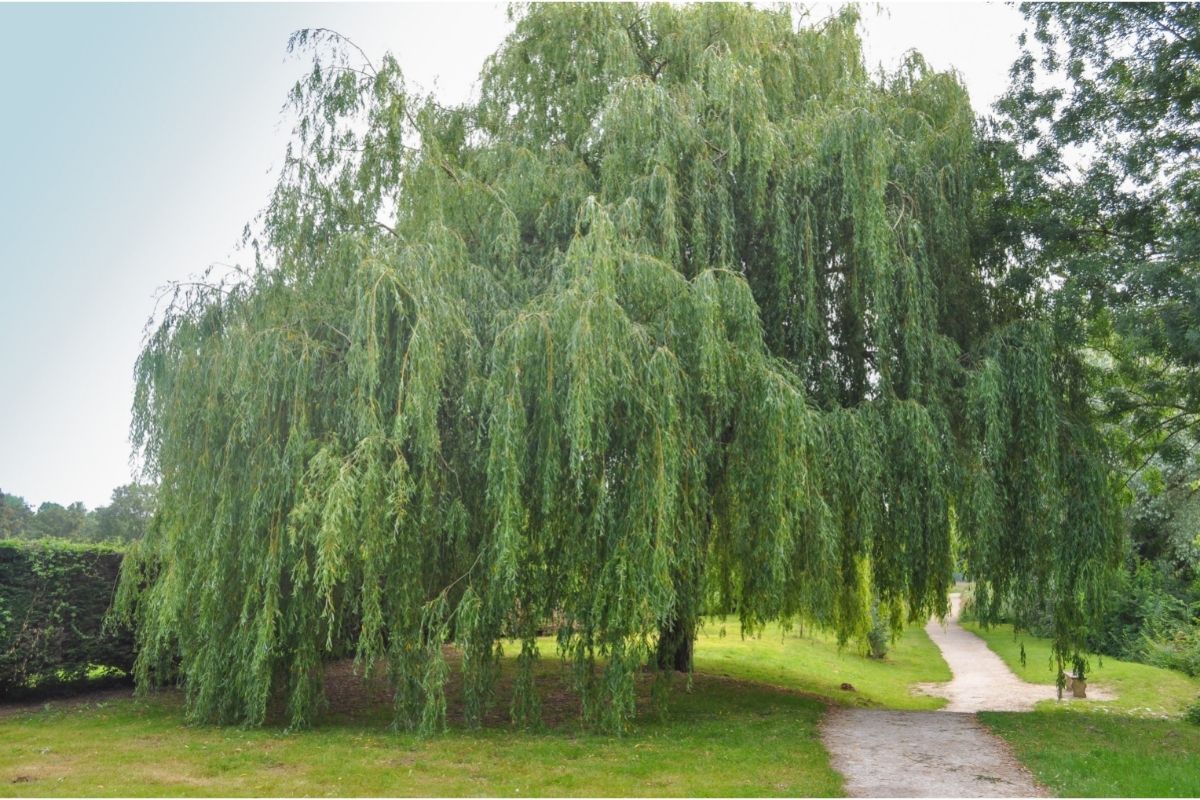
Known as Babylon willows, this species is considered to be one of the most popular trees in the world, as it can be found in gardens and parks throughout the planet.
While originating in northern China, the weeping willow is now cultivated across Asia and Europe, where it is grown for its ornamental uses.
The weeping willow is commonly grown near water and can be identified by its narrow green leaves, which grow in long vertical fronds.
10. Willow, White (Salix Alba)
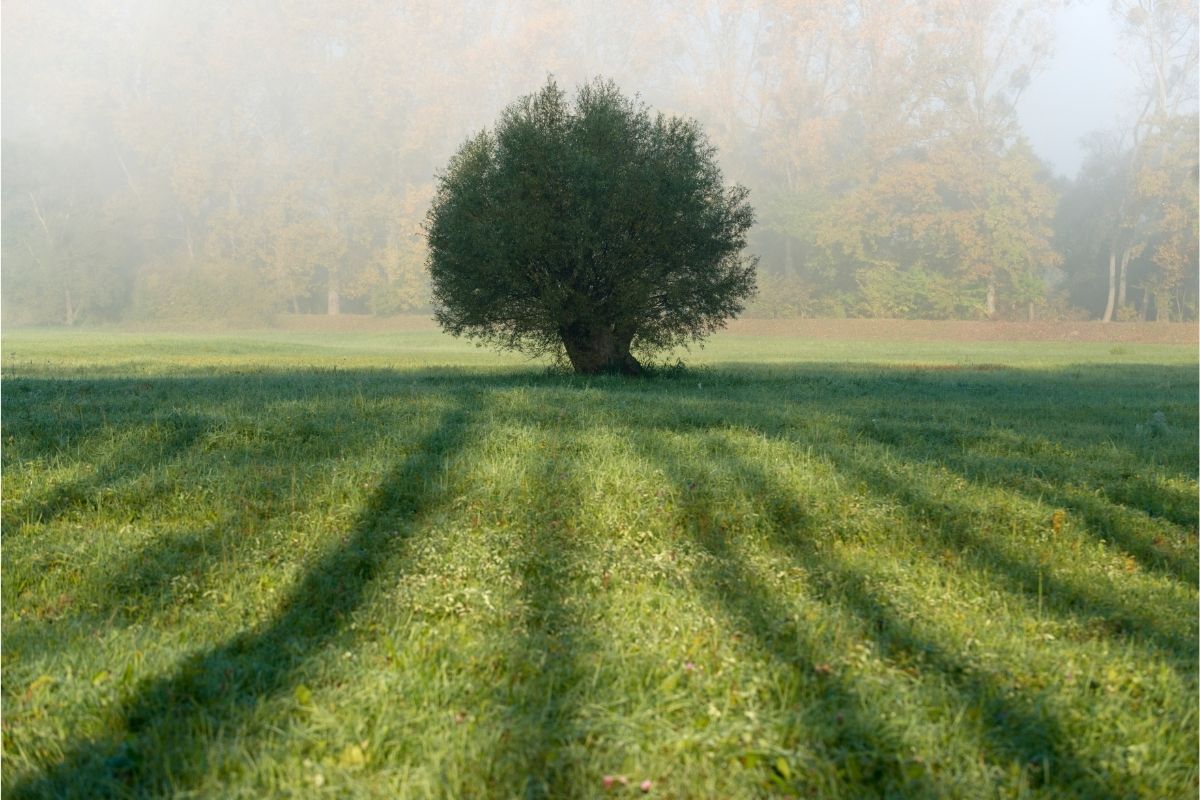
Yet another member of the salix family, the white willow is a native species to Europe and western Asia, where it can be identified by its silver-green leaves.
In contrast to its weeping cousin, the white willow is known for its durable bark, which is used to make cricket bats and charcoal for gunpowder.
Like many willows, the species is also cultivated for its medicinal properties, as it can be used to make remedies and tinctures.
11. Wingnut Tree (Pterocarya Genus)
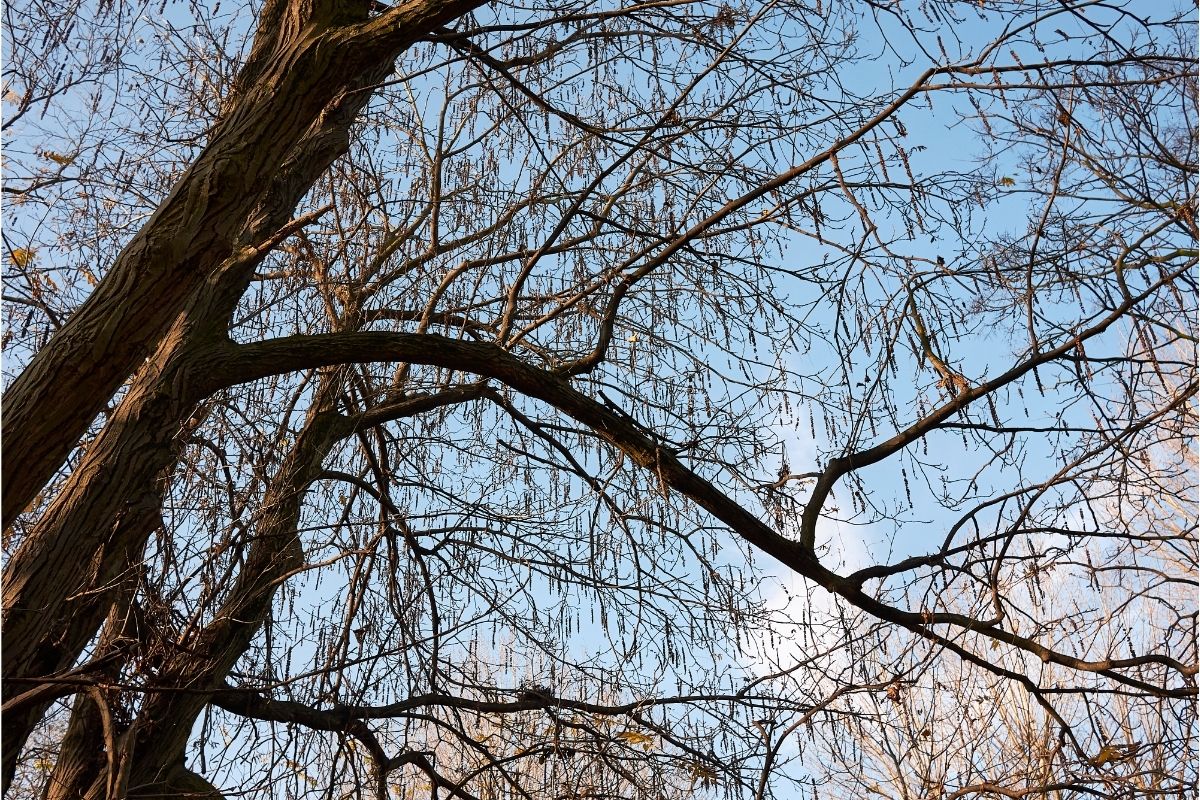
This genus is a close relative of the walnut family and can be found across central Asia, where it boasts six different species.
Because of their attractive appearance, these fast-growing trees can often be seen in parks and large gardens, although they are also cultivated for their dense timber.
12. Witch-Hazel Tree (Hamamelis Virginiana)
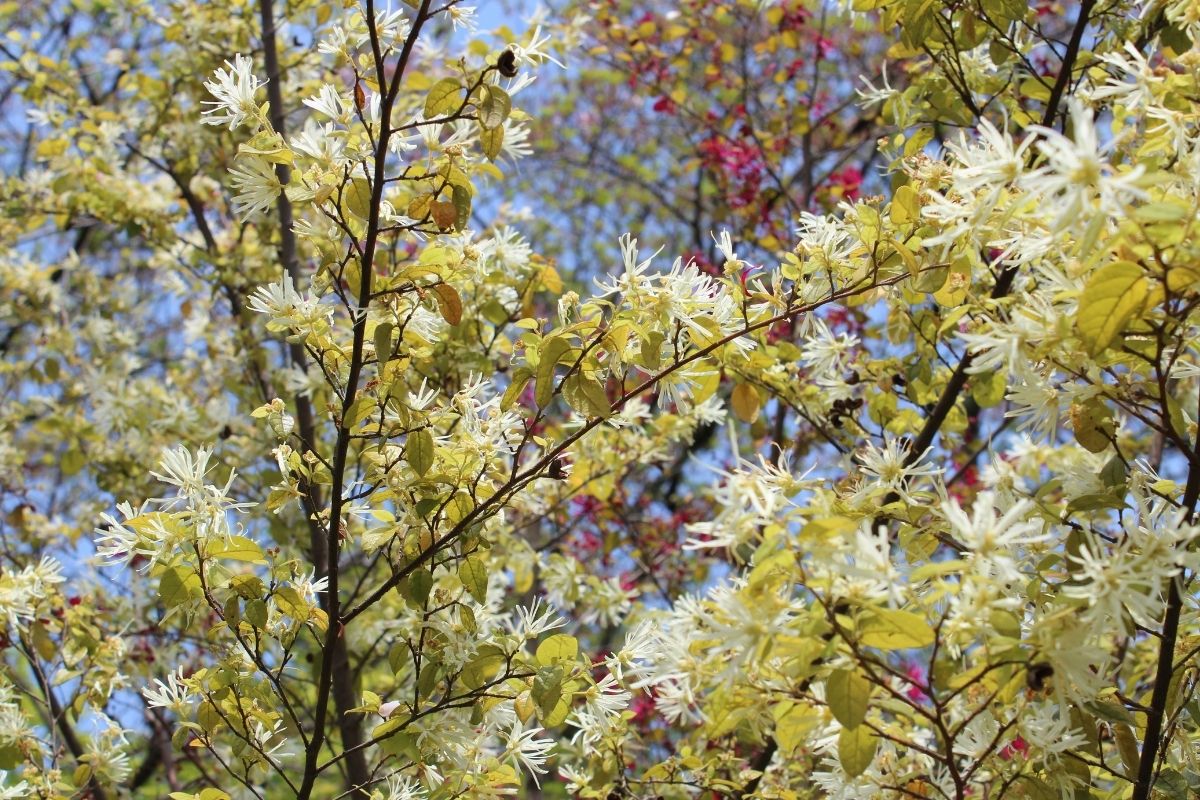
Originating from North America, this flowering shrub is known for its light brown bark and involute leaves, which turn dark green when the tree has matured.
Witch-hazel is primarily cultivated for its medicinal properties, as it can be used to make remedies for inflammations, swellings, and tumors.
In modern paganism, the species is associated with divination and magic, as the tree represents light and hope in dark places.
13. Wollemi Pine (Wollemia Nobilis)
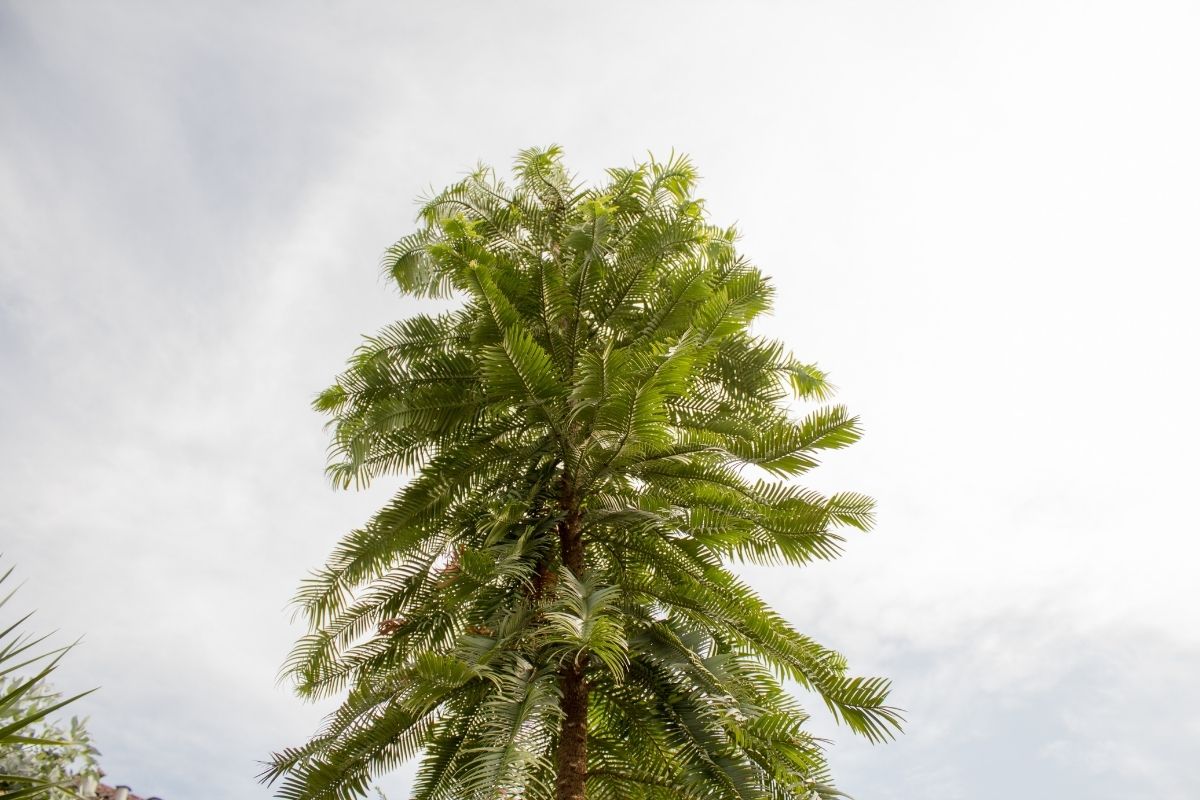
This coniferous tree was first discovered among the rainforests of New South Wales, where it is known to thrive in deep and narrow gorges.
The wollemi pine is now considered to be an endangered species, as the tree is extremely prone to infection and climate change.
Fortunately, samples of the plant have been successfully cloned and potted for future preservation.
14. Wayfaring Tree (Viburnum Lantana)
A member of the viburnum family, this species of tree is native to central, southern, and Western Europe, although it can also be found in regions and Africa and Asia.
While the tree is known to produce its own fruit, it is mainly cultivated for its ornamental beauty, as it is characterized by its evergreen leaves and red berries.
Unfortunately, the berries are not fit for human consumption, as they are mildly toxic and can cause diarrhea or vomiting if consumed.
15. Whin Tree (Ulex Europaeus)
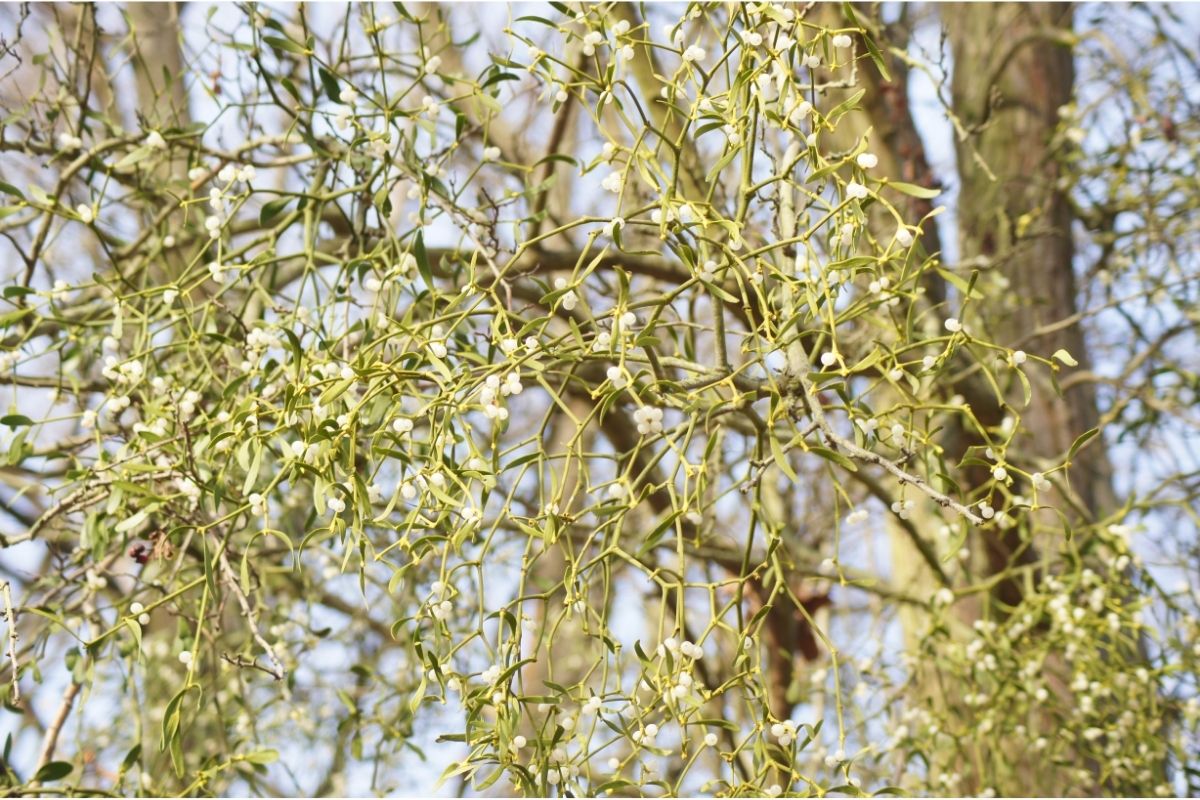
Known as the common gorse, this flowering plant is native to the British Isles and western Europe, where it is known for its sharp leaves and brilliant gold blooms.
Once upon a time, the species was used as feed for horses and other livestock but is now commonly used for hedges and groundcover.
16. Western Red Cedar (Thuja Plicata)
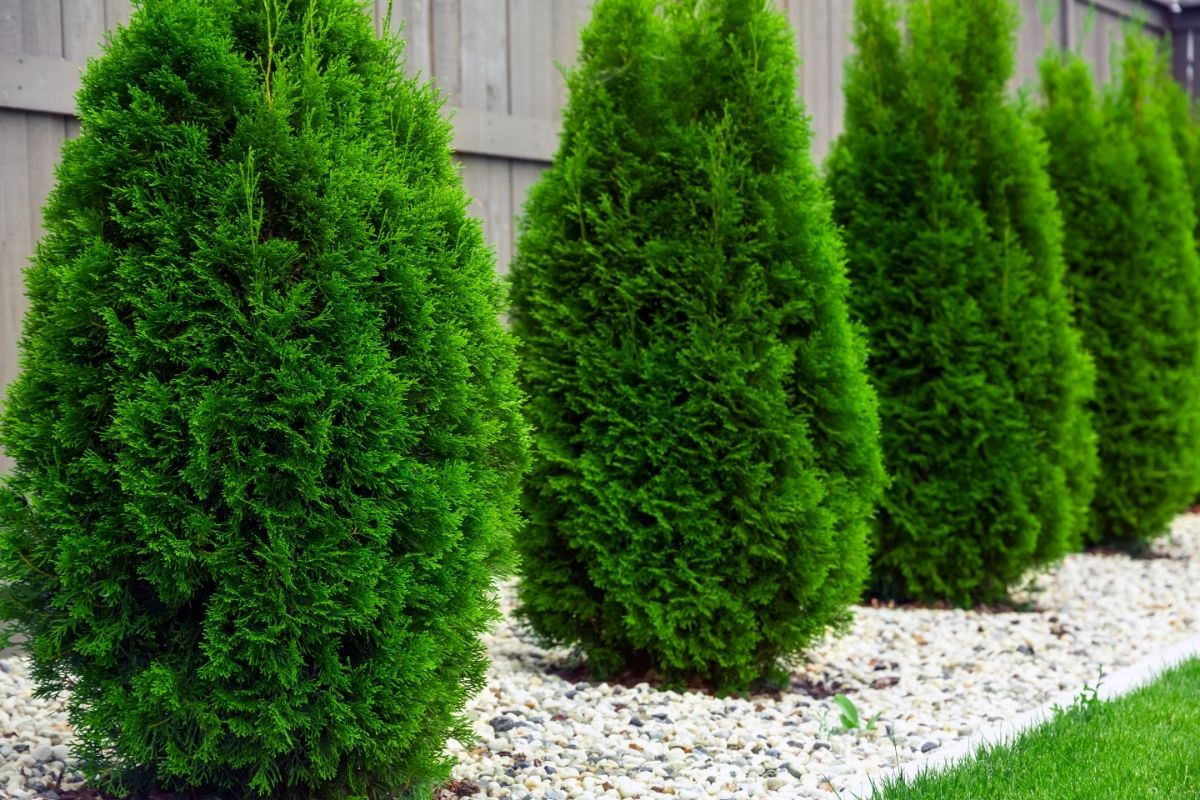
This evergreen tree is a strong and industrial species that is native to the British Isles, where it is cultivated for hedging and timber.
While it is considered less useful than other British trees, it can provide shelter for the native wildlife and is commonly associated with themes of persistence and longevity.
RELATED: Bring Prosperity And Glory To Your Garden With Cedar Mulch
17. Wild Service Tree (Sorbus Torminalis)
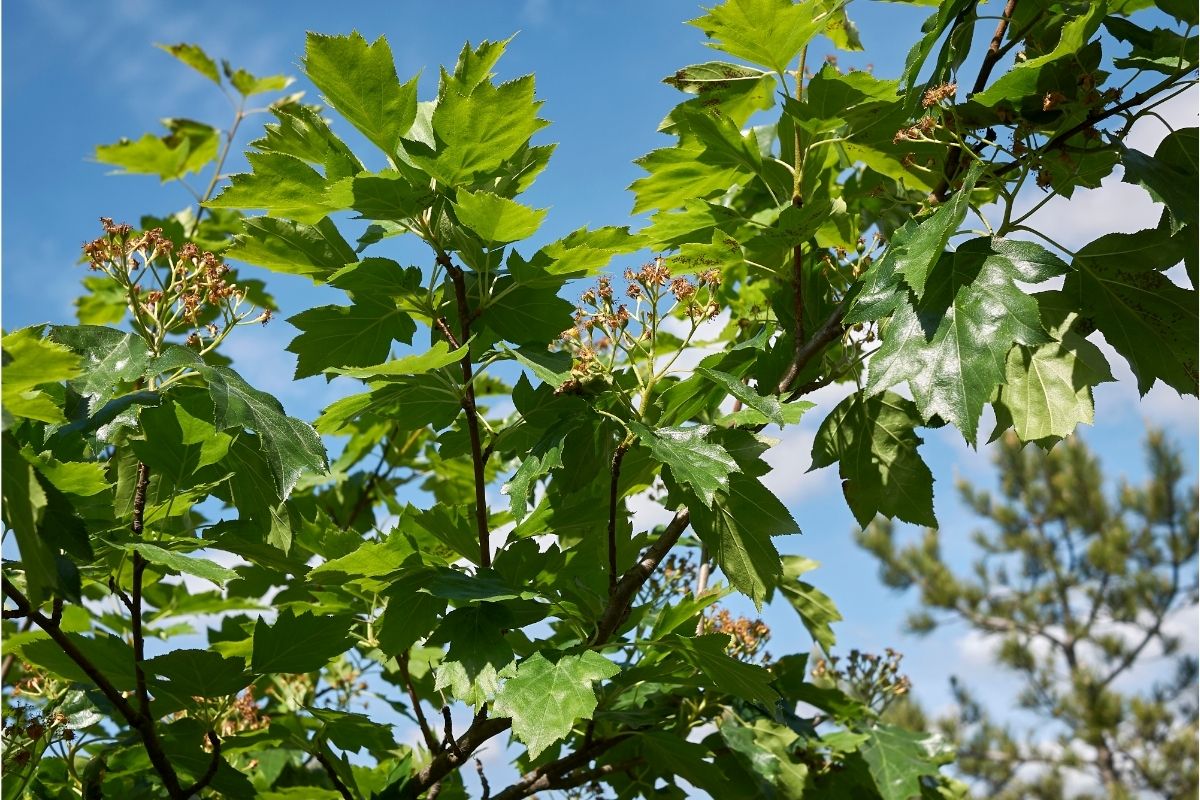
Considered a true springtime beauty, the wild service tree is a species native to the European continent, although it can also be found in regions of northern Africa.
Known for its smooth bark and broad leaves, the tree is said to thrive in deep fertile soils and climatic conditions found in natural lowlands.
While the tree is now considered rare in some countries, its fig-like fruit makes it a popular choice with the native wildlife, which makes it an important species for local hunters.
18. Willow, Bay (Salix Pentandra)
Despite its bay-like appearance, this tree belongs to the salix family and is known to grow in regions of Europe and northern Asia.
Because of its pointed green leaves, the species is often mistaken for a bay tree, which is how the shrub earned its name.
Like most willows, the tree is cultivated for its medicinal properties, as it contains a natural painkiller in its bark.
19. Willow, Goat (Salix Caprea)
Otherwise known as pussy willow, this species is cultivated throughout Europe and Asia, where it is used for medicinal remedies and timber.
The tree’s association with animals comes from the distinctive catkins that grow on its branches, which are covered in fine white fur similar to that of a pet.
20. Willow, Crack (Salix x Fragilis)

This hybrid species can currently be found across Europe and Western Asia, where it will commonly grow beside rivers, streams, and marshes.
The tree itself was born from a combination of salix euxinia and Salix Alba, which explains the dark silver bark and bright green leaves.
While the species was once cultivated for its ornamental beauty, it is now considered an invasive species and has found its way into parts of Australia, New Zealand, and the United States.
Conclusion
As you can see, there are hundreds of trees that start with the letter W, with our list only covering a select few.
Now that you understand the species available, you can use this guide to find the perfect one for your land or garden.
Editor’s Recommendations
20 Different Trees That Start with K (Including Pictures)
20 Awesome Trees That Start With G (Including Pictures)
19 Different Types Of Trees That Start With R (Including Photos)







